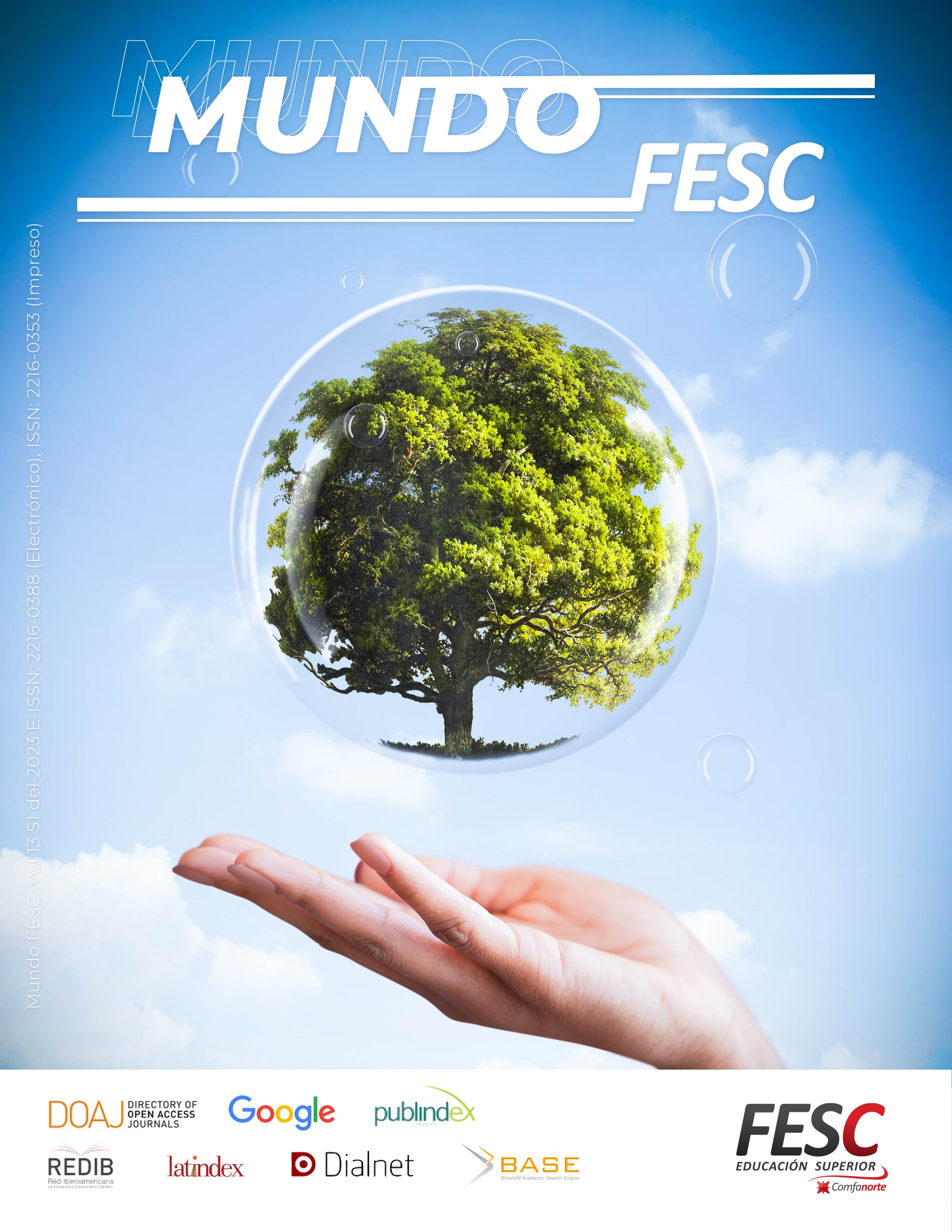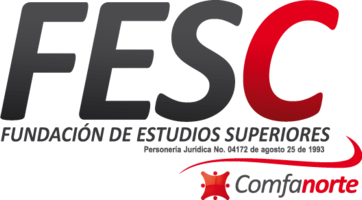Monitoreo de variables agroambientales en un cultivo de café aplicando tecnología IoT y técnicas de análisis descriptivas y diagnosticas para optimizar el proceso de toma de decisiones
DOI:
https://doi.org/10.61799/2216-0388.1626Keywords:
Redes de sensores inalámbricos, análisis descriptivo, análisis diagnóstico, Internet de las cosas, agricultura de precisión, cultivos de caféAbstract
This study implements 4.0 technologies, specifically the Internet of Things (IoT), alongside descriptive and diagnostic analysis
techniques to monitor agro-environmental variables affecting coffee cultivation at Las Acacias farm, Salento, Quindío. The
objective was to optimize the management of grain production processes through an intelligent system for data collection and
analysis. A star-topology sensor network was designed, consisting of two nodes located at a maximum distance of 120 meters from
the Gateway. The selected sensors DHT22 (temperature and humidity), FC-28 (soil moisture), and EC-5 (electrical conductivity)
were evaluated based on accuracy, reliability, ease of configuration, and cost. Data transmission was carried out using the
LoRaWAN protocol and managed via the IoT platforms The Things Network (TTN) and TAGOIO, with measurement intervals set
every 10 minutes.
The results indicated that high maximum temperatures (38.1°C in September) and low relative humidity (21.7% in August)
triggered thermal and water stress conditions in coffee plants, affecting key physiological processes. A decline in soil water content
and electrical conductivity revealed a water deficit and potential nutrient leaching, highlighting the need to adjust fertilization
practices through irrigation systems and agronomic management strategies. Finally, this study demonstrates that the integration of
IoT sensors with data analysis techniques enables timely and well-founded decision-making, fostering the adoption of precision
agriculture, crop sustainability, and improved coffee productivity.
Downloads
References
[1]A. L. Zambrano, «Agricultura digital en el cultivo de Pitahaya,» Latin-American Journal of Computing, vol. 7, nº2, pp. 22-33, 2020.
[2] «Agricultura 4.0 en Colombia: oportunidades y desafíos», Impacto TIC. Accedido: 17 de junio de 2025. [En línea]. Disponible en: https://impactotic.co/tecnologia/agricultura-4-0-en-colombia-oportunidades-y-desafios/
[3] J. P. Rodríguez, A. I. Montoya-Munoz, C. Rodriguez-Pabon, J. Hoyos, y J. C. Corrales, «IoT-Agro: A smart farming system to Colombian coffee farms», Computers and Electronics in Agriculture, vol. 190, p. 106442, nov.2021, doi: 10.1016/j.compag.2021.106442. DOI: https://doi.org/10.1016/j.compag.2021.106442
[4] A. Sharma, D. Srivastava, R. Krishnamoorthy, S. Kumar Sinha, P. Jhansirani, y A. barve, «IoT-based optical sensor network for precision agriculture», Sustainable Computing: Informatics and Systems, vol. 46, p. 101112,jun. 2025, doi: 10.1016/j.suscom.2025.101112. DOI: https://doi.org/10.1016/j.suscom.2025.101112
[5] T. Adamo, D. Caivano, L. Colizzi, G. Dimauro, y E. Guerriero, «Optimization of irrigation and fertigation in smart agriculture: An IoT based micro-services framework», Smart Agricultural Technology, vol. 11, p. 100885, ago. 2025, doi: 10.1016/j.atech.2025.100885. DOI: https://doi.org/10.1016/j.atech.2025.100885
[6] A. K. Saini, A. K. Yadav, y Dhiraj, «A Comprehensive review on technological breakthroughs in precision agriculture: IoT and emerging data analytics», European Journal of Agronomy, vol. 163, p. 127440, feb. 2025,doi: 10.1016/j.eja.2024.127440. DOI: https://doi.org/10.1016/j.eja.2024.127440
[7] B. Jamshidi et al., «Internet of things-based smart system for apple orchards monitoring and management», Smart Agricultural Technology, vol. 10, p. 100715, mar. 2025, doi: 10.1016/j.atech.2024.100715. DOI: https://doi.org/10.1016/j.atech.2024.100715
[8] H. Shahab, M. Naeem, M. Iqbal, M. Aqeel, y S. S. Ullah, «IoT-driven smart agricultural technology for real-time soil and crop optimization», Smart Agricultural Technology, vol. 10, p. 100847, mar. 2025, doi:10.1016/j.atech.2025.100847. DOI: https://doi.org/10.1016/j.atech.2025.100847
[9] A. Morchid et al., «IoT-enabled smart agriculture for improving water management: A smart irrigation control using embedded systems and Server-Sent Events», Scientific African, vol. 27, p. e02527, mar. 2025, doi:10.1016/j.sciaf.2024.e02527. DOI: https://doi.org/10.1016/j.sciaf.2024.e02527
[10] P. Sankarasubramanian, «Enhancing precision in agriculture: A smart predictive model for optimal sensor selection through IoT integration», Smart Agricultural Technology, vol. 10, p. 100749, mar. 2025, doi:10.1016/j.atech.2024.100749 DOI: https://doi.org/10.1016/j.atech.2024.100749
[11] J. E. H. Rubio y V. J. O. E, «Implementación de un sistema de monitoreo y control con tecnología IoT para determinar el comportamiento de las variables ambientales en la avicultura», Investigación e Innovación en Ingenierías, vol. 10, n.º 1, Art. n.º 1, feb. 2022, doi: 10.17081/invinno.10.1.5016. DOI: https://doi.org/10.17081/invinno.10.1.5016
[12] H. Araque Salazar y H. Duque, «Variables agronómicas determinantes de la productividad del cultivo de café en fincas del departamento de Caldas», Rev. Cenicafé, vol. 70, n.º 1, pp. 81-92, 2019, doi: 10.38141/10778/70106 DOI: https://doi.org/10.38141/10778/70106
[13] W. A. Cardona et al., «Diversification, age, and organic amendments affect microbial and enzymatic activities in soils of Arabica coffee plantations in the tropical lowlands of Colombia», Geoderma Regional, vol. 41, p. e00966,jun. 2025, doi:10.1016/j.geodrs.2025.e00966 DOI: https://doi.org/10.1016/j.geodrs.2025.e00966
[14] CENICAFE, «Manejo del cultivo de café en condiciones de cambio climático,» REVISTA CENICAFE , 2020.
[15] F. Islam, I. Ahmed, y L. Mihet-Popa, «Development and testing of an IoT platform with smart algorithms for building energy management systems», Energy and Buildings, vol. 344, p. 115970, oct. 2025, doi:
10.1016/j.enbuild.2025.115970. DOI: https://doi.org/10.1016/j.enbuild.2025.115970
[16] A. Liopa-Tsakalidi, V. Thomopoulos, P. Barouchas, A. D. Boursianis, y S. K. Goudos, «A LoRaWAN-based IoT platform for smart irrigation in olive groves», Smart Agricultural Technology, vol. 9, p. 100673, dic. 2024, doi:10.1016/j.atech.2024.100673. DOI: https://doi.org/10.1016/j.atech.2024.100673
[17] L. D. Valderrama Hurtado, «Red inalámbrica de sensores para monitoreo de cultivo de café», dic. 2022, Accedido: 18 de junio de 2025. [En línea]. Disponible en: https://hdl.handle.net/1992/64067
[18] J. A. G. L. F. &. R. M. Giraldo, «Efecto de las temperaturas extremas en la floración del café,» Revista Colombiana de Ciencias Agrícolas, vol. 2, nº 10, pp. 134-143, 2018.
[19] C. H. de Freitas, R. D. Coelho, J. de Oliveira Costa, y P. C. Sentelhas, «A bitter cup of coffee? Assessing the impact of climate change on Arabica coffee production in Brazil», Science of The Total Environment, vol. 957, p.177546, dic. 2024, doi:10.1016/j.scitotenv.2024.177546. DOI: https://doi.org/10.1016/j.scitotenv.2024.177546
[20] JH. &. P. J. Ramírez, «Impacto de la temperatura en el desarrollo del cafeto,» Impacto de la temperatura en el desarrollo del cafeto, vol. 3, nº 15, pp. 44-52, 2019
[21] P. R.-V. J. &. N.-R. C. Laderach, «Adaptation strategies to climate change for coffee production in Colombia,» Climatic Change, vol. 3, nº 109, pp. 641-662, 2011.
[22] Centro Nacional de Investigaciones de Café, Ed., Aplicación de ciencia tecnología e innovación en el cultivo del café ajustado a las condiciones particulares del Huila. Cenicafé, 2019. doi: 10.38141/cenbook-0005. DOI: https://doi.org/10.38141/cenbook-0005
Downloads
Published
Issue
Section
License
Copyright (c) 2025 Mundo FESC Journal

This work is licensed under a Creative Commons Attribution-NonCommercial 4.0 International License.






